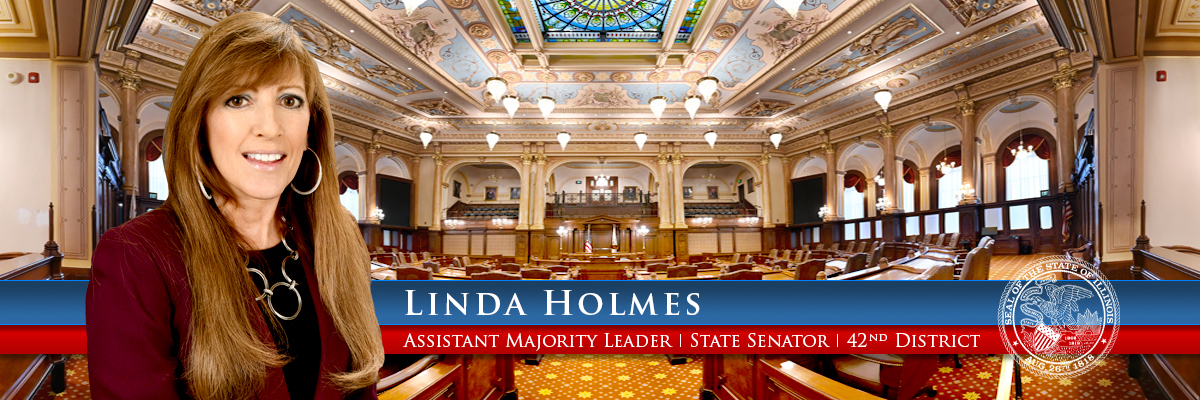My students discover state’s school funding math doesn’t add up
Chicago Sun-Times – April 13, 2016 | Original opinion piece
By Joseph Matuch, 6th grade math teacher at Simmons Middle School
Gov. Bruce Rauner, seen here speaking at the Old State Capitol on Wednesday, has proposed increasing state funding for education by $55 million to bring it to 100 percent of the per-student "foundation level" required by state law. AP Photo/Seth Perlman)
Gov. Bruce Rauner, seen here speaking at the Old State Capitol on Wednesday, has proposed increasing state funding for education by $55 million to bring it to 100 percent of the per-student "foundation level" required by state law. AP Photo/Seth Perlman)
Joseph Matuch
As a math teacher, I’m always trying to figure out real-life applications for my lessons. For example, when I teach about percentages, we talk about grades, retail sales … and school district funding.
I really didn’t expect that last one to go over so well. But my sixth graders surprised me.
Promoted Stories from politicsChatter
Bill O’Reilly’s major achievements, controversies and life moments
13 unparliamentary moments in British parliament
19 things to know about FOX News anchor Megyn Kelly
I started by explaining that school districts get funding from local, state and federal sources. (A few eyes glazed over.) Then, I told them that because the State of Illinois couldn’t give school districts all of the money required by state statute, state officials decided to withhold 11 percent from what they had promised each district.
I asked my students if that seemed like a fair way to handle the situation, and the class consensus was yes.
That’s 11 percent withheld from our East Aurora district, yes, but also 11 percent withheld from West Aurora, 11 percent withheld from Indian Prairie, 11 percent withheld from St. Charles, and so on.
But then I gave my students this word problem: “Our district receives about $100 million each year from the state, and a neighboring district receives about $7 million. Find 11 percent of each of those numbers.” As students calculated their answers, suddenly 11 percent didn’t seem very fair anymore.
“We lost $11 million?”
“They didn’t even lose $1 million!”
“That’s unfair!”
My students were hooked; they wanted to do something about this, and I was in teacher heaven. The best teaching moments are the ones the students create.
I gave them the option of writing a letter to a senator or state representative. If any student did not want to, I had other work prepared for them to do; it’s important that (as teachers) we give students the choice to take a stand. Most of mine did.
My students and I reviewed how to write a letter, and I assigned each one a local state representative or senator to write to. My lesson was turning out to be a home run, yet I felt conflicted. I couldn’t help feeling disappointed in our state for providing such a sad, practical application.
When school districts lose funding, students ultimately are the ones who suffer.
In my district, 90 percent of students come from low-income households. We rely heavily on funding from the state, and when it doesn’t come, our administration needs to make difficult decisions.
The discussion goes from “What can we do?” to “What do we cut?”
Over the past four years, we’ve lost $36 million due to cuts. To put that in perspective, it cost less than $10 million to buy the land and building for our new kindergarten and renovate it.
Imagine what we could have done with $36 million!
All in all, my lesson took less than 90 minutes, but students continued to learn from it long after.
State Sen. Linda Holmes wrote a letter back to every student who had written her one. It made their days, and mine, to know that the letters had been received and read.
Though I teach math, students learn much more in my class. They learn to write, think critically, and advocate for themselves. You can help them by visiting http://www.d131.org/fixtheformula.
See the original opinion piece here.




